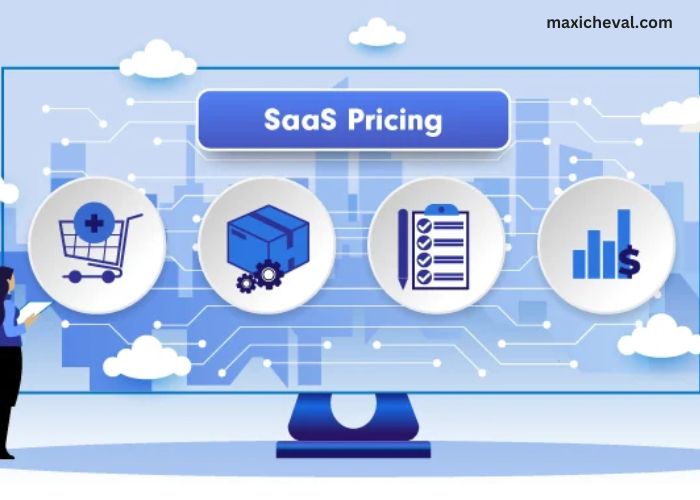Money. It’s the one thing standing between nonprofits and the impact they’re striving to make. Need better tools? Need smarter systems? Need to stop duct-taping solutions together? All roads lead to one question: Can we afford it?
Here’s the good news: Researching flexible pricing models for case management solutions in Nonprofits doesn’t have to be a budget drain. With the right pricing model, nonprofits can develop, mature, and operate without burning their budgets to the ground. Let’s break it down.
The Nonprofit Budget Struggle: It’s Real. It’s Relatable.
You’re running a nonprofit, not a tech startup. Unlike for-profit businesses with deep pockets, nonprofits rely on unpredictable funding—grants, donations, and government contracts that come and go like shifting tides.
So, why should case management solutions demand big-business budgets? It shouldn’t. And thankfully, many providers understand that.
Flexible Pricing Models That Work for Nonprofits
The software industry is finally catching up to the reality that nonprofits need pricing that actually makes sense. Here’s what’s on the table:
1. The SaaS Subscription (a.k.a. the “Netflix” Model)
Most case management platforms run on a Software-as-a-Service (SaaS) model, meaning you pay monthly or annually for access. What’s in it for you?
- Predictable costs – No scary one-time fees. Just a steady expense you can budget for.
- Scalability – Need to add users? Remove users? No problem. You’re not locked in.
- Feature flexibility – Pay for what you need, skip what you don’t. Think of it like choosing between the “Basic” and “Premium” Netflix plans—but without the endless scrolling.
2. One-Time Licensing Fees (Old-School, But Still Kicking)
If your nonprofit has a chunk of money upfront and wants to avoid recurring fees, one-time licensing could be the move. Buy the software once, own it forever. The downside? You might need to shell out extra for updates and support down the road.
3. Freemium & Open-Source (a.k.a. “DIY With Benefits”)
Some platforms offer freemium models—basic features for free, premium features behind a paywall. Others go full open-source, meaning you can modify the software however you like (if you have a tech-savvy team). Great for budget-conscious orgs, but beware: open-source requires maintenance, and “free” often means “paying in sweat equity.”
4. Nonprofit Discounts, Grants & Special Pricing (The Holy Grail)
Many software companies get that nonprofits can’t pay enterprise-level fees. Some offer:
- Special nonprofit pricing – Discounted rates for 501(c)(3) organizations.
- Grant-funded software – Foundations that subsidize or cover costs.
- Pay-What-You-Can models – Rare, but out there. Some vendors will actually let you name your price (within reason).
How to Choose the Right Pricing Model
Price matters—but so does functionality, scalability, and long-term value. Ask yourself:
- Will this scale with us? Can the software grow with your nonprofit, or will you outgrow it in a year?
- What’s included? Hidden fees? Support? Maintenance? Know what you’re actually paying for.
- Can we integrate it? Will it play nicely with your existing systems, or will it be a tech headache?
- Is our data secure? If the answer isn’t a confident yes, keep looking.
Final Thoughts: Don’t Overpay. Don’t Underbuy.
A great case management system should help your nonprofit, not drain its resources. The trick? Finding a pricing structure that works with your budget instead of against it.
Because at the end of the day, your focus should be on impact—not invoices.




